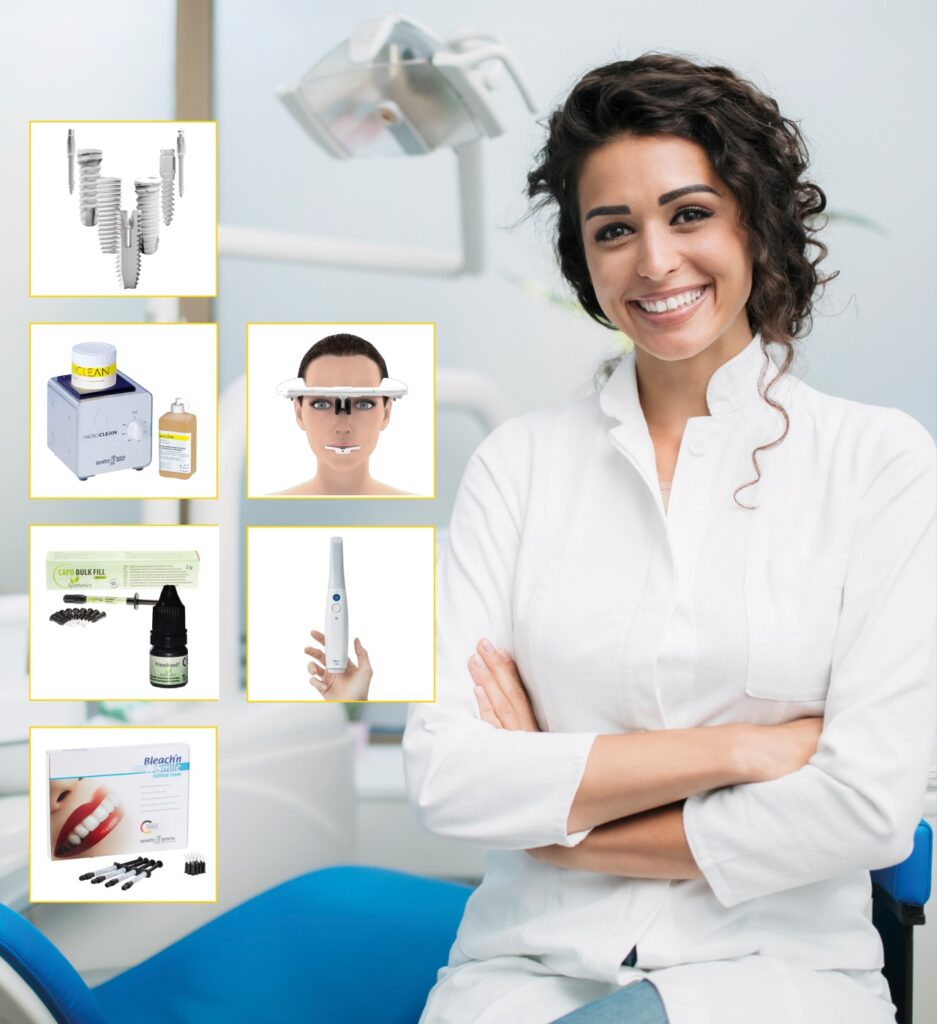Tactile scans … are worth the effort!
Weitere interessante Beiträge
Immer up to date bleiben

Deine Anmeldung konnte nicht gespeichert werden. Bitte versuche es erneut.
Vielen Dank! Eine Bestätigungs-E-Mail wurde Ihnen soeben zugesendet.

